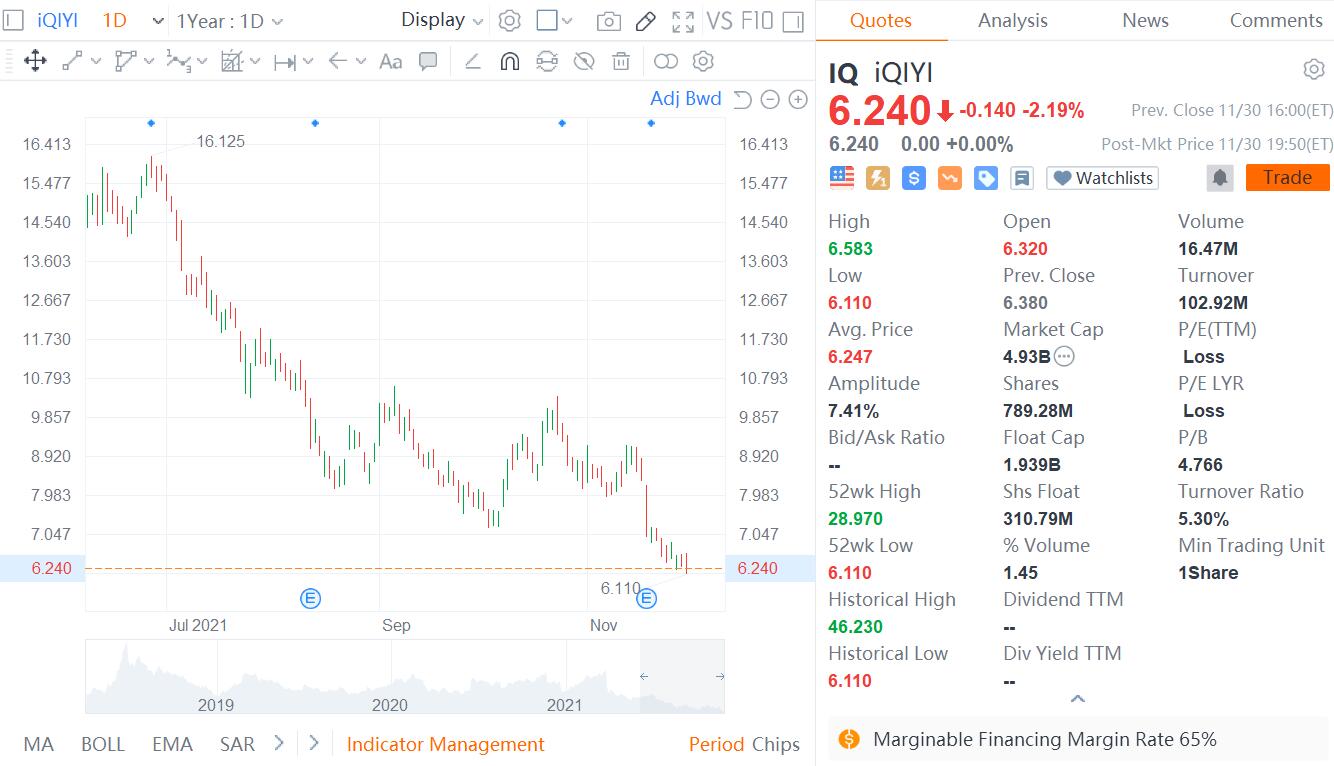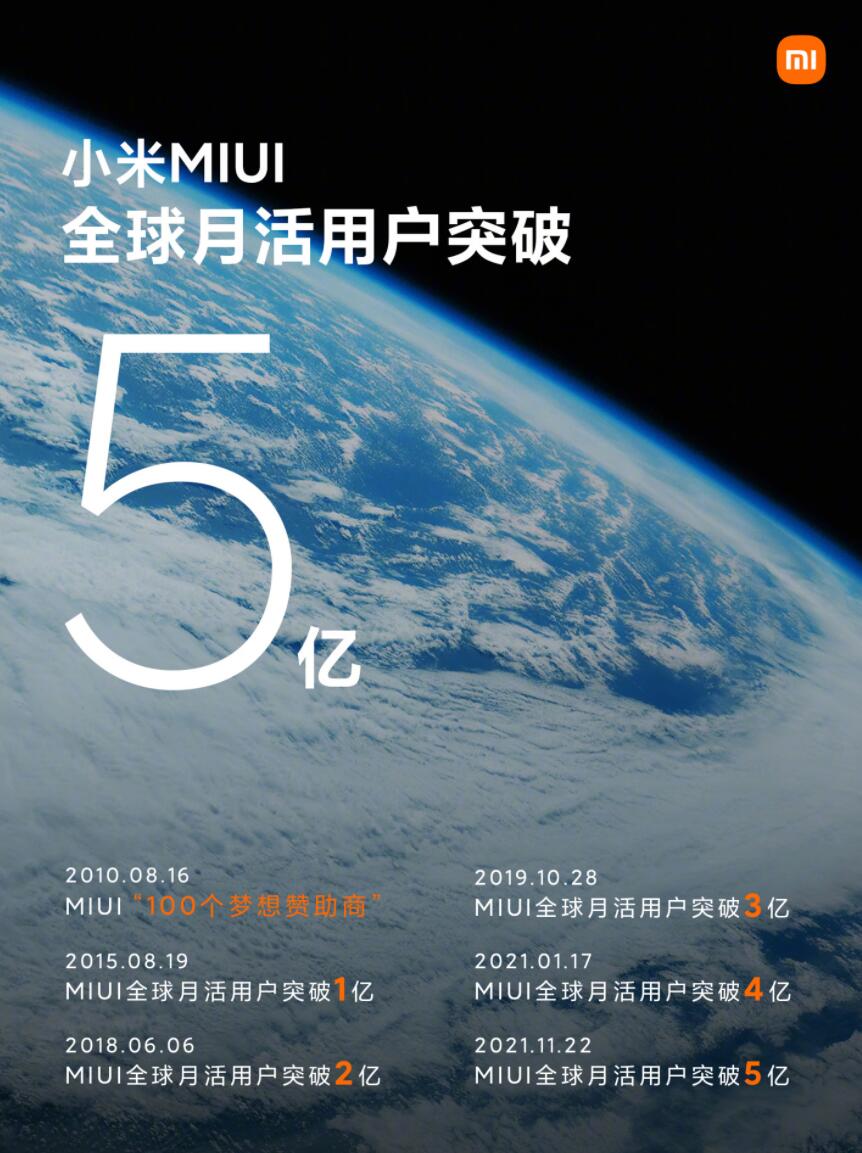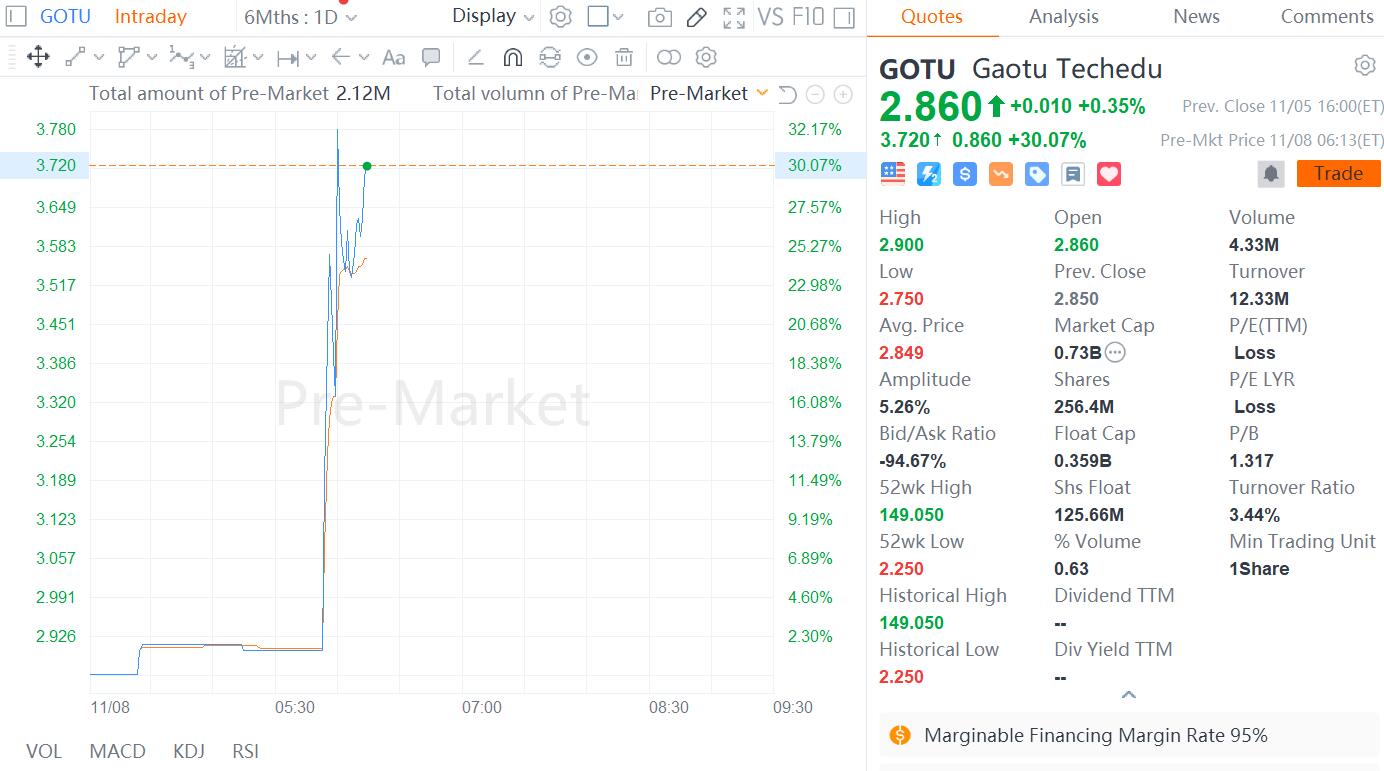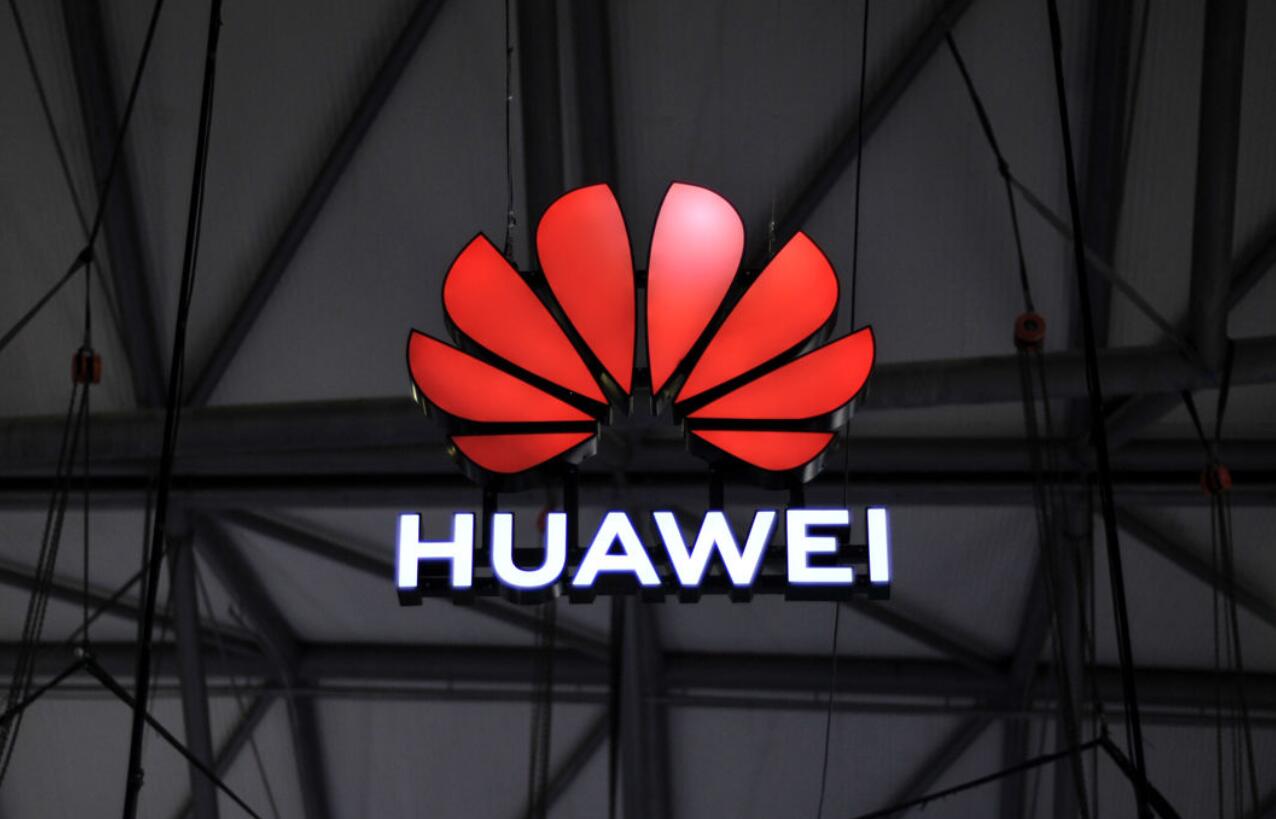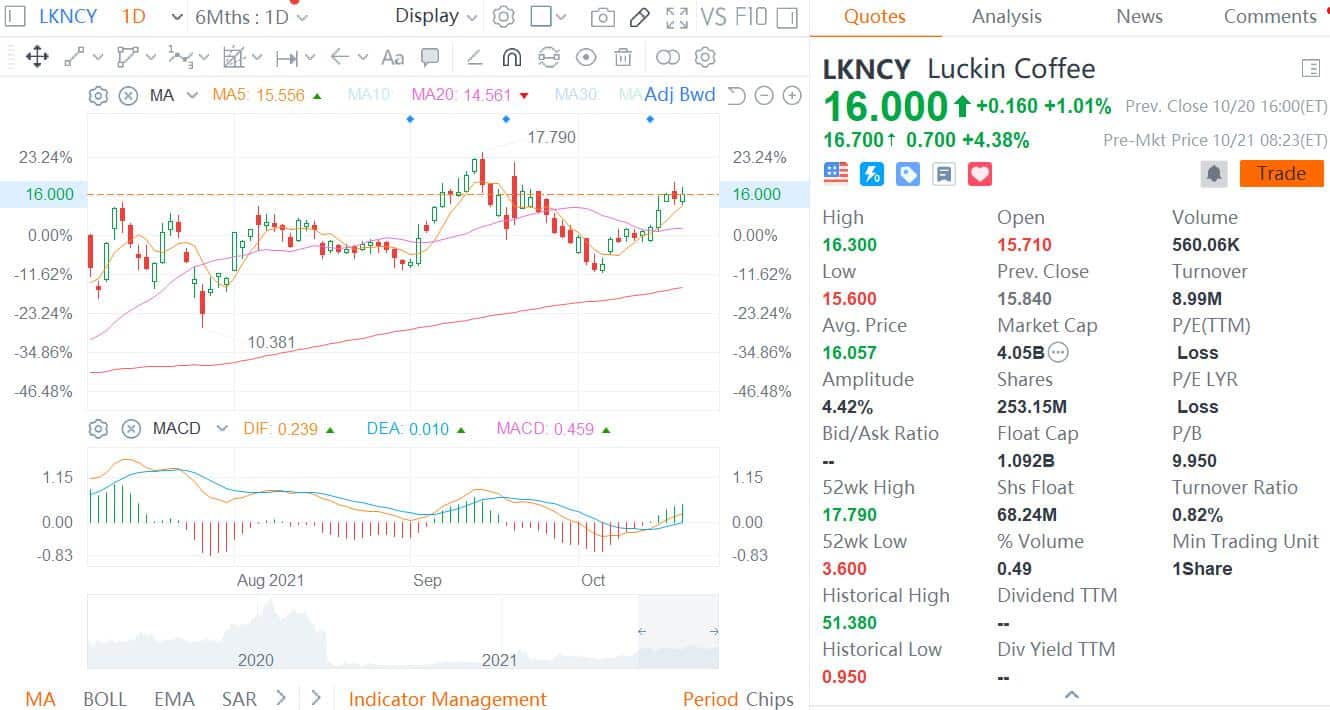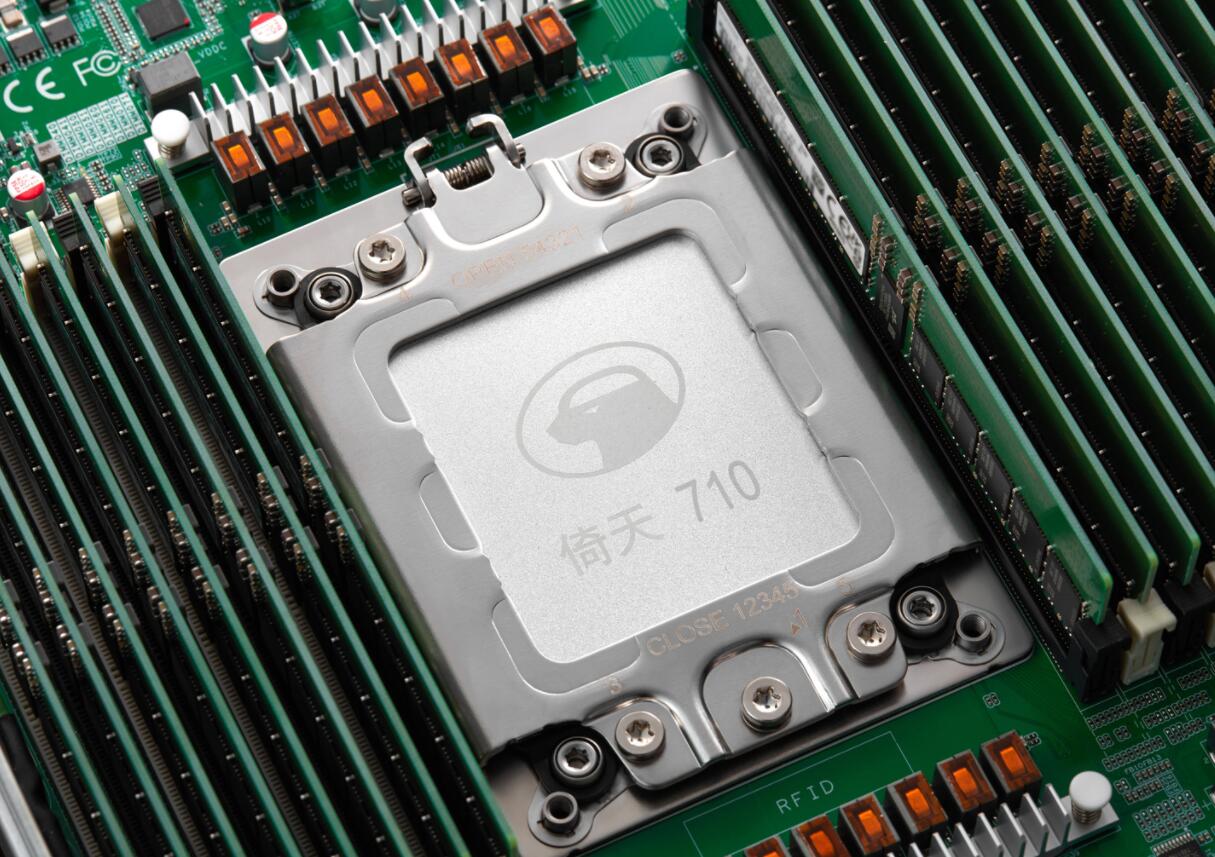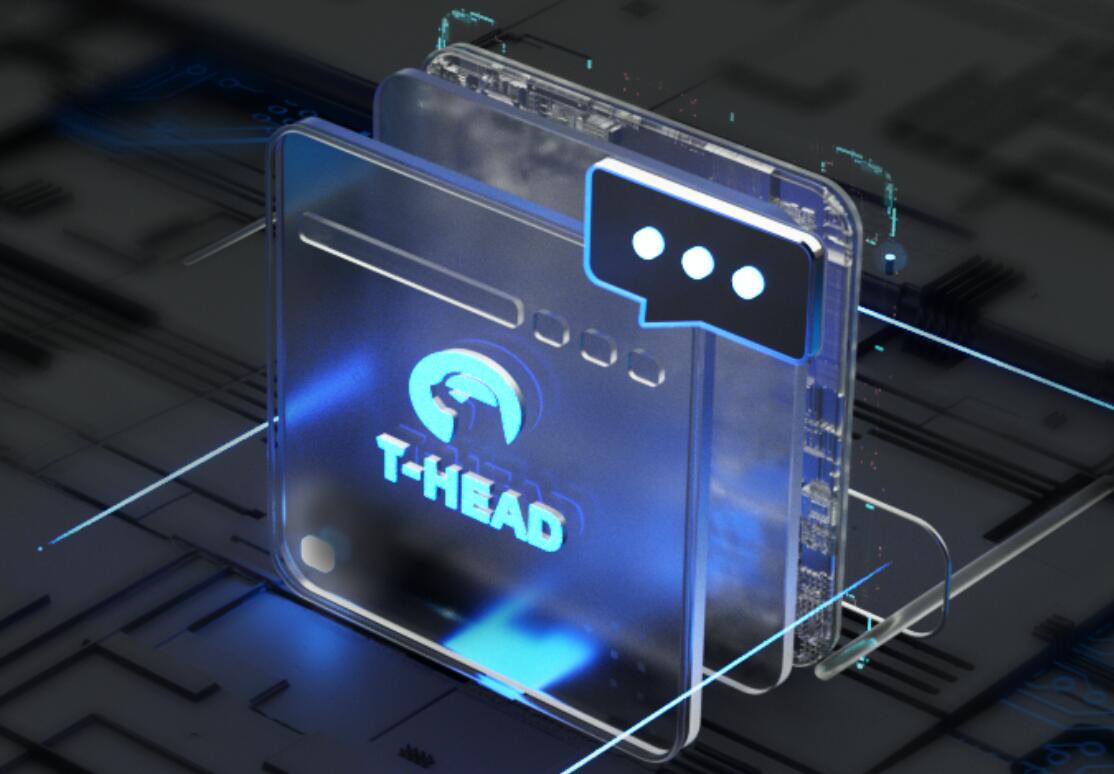As the world's largest maker of telecom gear and China's largest smartphone seller, Huawei boasts 180,000 employees in some 170 countries.
With so many employees, management would be a huge challenge. How does Huawei solve this issue and is there anything that is special for their success? HRGO's recent note gives us a look inside.

01. Huawei management orientation
Huawei is results-oriented and values the results of assessments. Almost everyone cares whether what they do contributes to KPIs.
There were rumors that Huawei is abandoning KPIs and switching to OKR. This is misunderstood. Most of Huawei's departments still use KPIs. Only a few R&D departments are trying to use OKR (such as the 2012 laboratory), and OKR has been criticized a lot during its use.
At present, Huawei is focusing on four aspects of assessment. In Ren Zhengfei's words: can it produce more food, can it increase soil fertility, can it operate in compliance with regulations, and how much per capita benefits it contributes?
02. Last one lose job
Huawei's assessment standards are divided into four levels: A, B, C, and D.
A is "excellent", accounting for 10%;
B is "good", accounting for 40%;
C is "normal", accounting for 45%;
D is "need to be improved", accounting for 5%.
If the assessment result is D continuously, it means that the employee may have to go. If the assessment result is 3 C consecutively, it means that salary cannot be increased.
In order to refine the assessment levels, the currently implemented levels are: A +, A-, B +, B-, C +, C-. If your assessment index is B- in a row, your promotion and salary increase may be hopeless, and you may even face a job transfer.
In some cases, the elimination at the end is not a complete elimination. There may also be a kind of "laid-off training", that is, to let employees who are not suitable for the job "laid off," and after returning to the production department of the company headquarters, they can apply for new positions.
That is, before the real elimination, give the other party another job opportunity. If you can make achievements and contribute to the new position, the company will give you a chance.
In this regard, it is considered to be quite humane.
03. Inventory of Talents
Huawei's talent inventory is a headache.
In Huawei's talent inventory, the vertical axis is performance or KPI or some quantitative results, and the horizontal axis is behavior or quality, which reflects overall performance.
Through performance contribution assessment and quality evaluation, understand the team status and talent characteristics, formulate targeted training plans, promote superior coaching and training of subordinates, help employees recognize and develop themselves, and provide a basis for talent use.
04. Grade Matching
High potential S:
Ability to take on higher responsibilities or challenges within 1 year
Medium Potential A:
Ability to take on higher challenges within 2 years
Low potential B:
Ability to take on higher challenges within 3-5 years
No potential:
No ability to take on higher challenges
High Performance S:
Outstanding work and role model
Excellent performance A:
A trusted employee who always accomplishes tasks well
Good Performance B:
Able to complete work tasks and perform more stable
Need to improve performance C:
Work performance does not meet the requirements
The levels and performance appraisal levels in the table are completely two concepts.
05. Job Performance Matching Matrix Table
Through the inventory of talents, relevant information such as job satisfaction, matching, and personnel potential can be seen, which effectively supports the selection, cultivation, use and retention of talent management in the organization.
For example: the top is a certain director (such as the human resources department), the top number 17/11 represents: the former is the total establishment of the department, the latter is the number of existing staff. The 2A2B here refers to the performance level of the past four times.
In addition, it can also include information such as the length of service, the age of the division, and whether the salary level is up to standard, and whether the personnel are frequently transferred or borrowed.
Through the above picture, it is clear to see the full picture of the talents within the organization, including the organizational structure, subordinate relationships, as well as personnel information and personnel status.
Various situations are clear at a glance. This is Huawei's internal standard talent map model.
The company can therefore come to further clarify the content of a team's preparation, budget, and salary packages.
06. Total Salary Package
Quite simply, 15% of the company's sales in the previous year was set as the baseline for the company's total compensation costs.
In fiscal 2018, Huawei's total revenue exceeded 700 billion yuan, so in 19 years Huawei's salary package was about 105 billion yuan, and Huawei currently has 170,000 employees.
Divide it to see the average annual salary.
07. Set Up Salary Package
The salary increase is distributed according to the "271" rule. The total salary increase package = the budgeted sales amount × 15% of the baseline value-the salary package of the previous year-the newly created salary package.
08. Division of Salary Package
It is allocated to each department according to parameters such as the average salary percentage and the per capita benefit coefficient. Depending on the size of the pay package and the performance of the staff, the department will decide who to pay and the amount of the pay.
Looking at Huawei's internal assessment standards, there is a reason for the rapid growth in recent years.
09. Salary Adjustment Mechanism
① When a change of position corresponds to an increase in rank, a 90-day inspection period will be retained, and the salary will be adjusted only after passing the qualification.
② In the case of excellent performance, employees also have the opportunity to adjust, but will not be unified salary increase at a certain point in time, but adopted irregular salary increase measures, will provide opportunities for salary increase every quarter.
③ For some excellent employees, they may get several salary increases a year.
④ For general adjustments, Huawei will make general adjustments to salaries that are non-differential or differentiated based on the company's operating conditions and with reference to external market pay levels.
10. Bonus Distribution
The bonus package is actually the right to distribute the residual value of the enterprise. The amount of bonus depends on the company's overall performance, organizational performance and personal performance. Bonuses are also paid for these three dimensions.
At the same time, Huawei has an internal bonus requirement every year, and the average return on employee equity investment will be about 25%.
11. Special Award
The special awards are mainly major projects or some new areas, breakthroughs in new technologies, new markets, and major management improvement contributions.
The form of expression can be team or personal. They can be granted on a voluntary basis by the company, or they can be temporary applications from teams or individuals.
12. Benefits and Subsidies
Huawei treats benefits and subsidies differently. Employees working abroad have much better benefits than domestic ones. There are leave subsidies, hardship subsidies, plateau subsidies, war subsidies, etc.
These can be superimposed and distributed. In addition, there are also food subsidies, retirement subsidies, resignation subsidies and so on.
13. Equity Incentive
This content is very complicated, so I have the opportunity to talk about it.
14. Other Focuses
① The structure cannot be coupled with flesh and blood. When motivating, it is not clear who has done the work and who has done it;
② Don't just ask for assessment AB +, don't take responsibility for the results. Recognizing responsibility is more important than the assessment results;
③ Can't be busy with review and PPT output as soon as the assessment period is reached, and technology development events will be compressed;
④ Evaluation is also the responsibility of frontline departments. R & D must eliminate tactical diligence and strategic laziness;
⑤ Do not follow the process to find only the standard value, and do not take responsibility for the result to find the optimal solution;
15. Requirements for Human Resources
In Huawei, there are also very high requirements for human resources: shouldering the responsibility of establishing guidance, optimizing mechanisms and processes, promoting continuous improvement of management, and inspiring organizational vitality.
If HR does not act, it is mentally lazy, it is used to working on extension lines, it is used to work with the original management experience, it lacks the consciousness of actively breaking the boundaries of responsibility, and it will soon be eliminated without the determination to grasp the end.
16. Huawei's Current Salary Performance Issues
Sometimes, performance still fails to inspire the good side of human nature. Sometimes, before giving help to other departments, consider what benefits I can get, help if it is good, or play a ball or treat it negatively.
HR is not bragging. It may be the strongest performing team in our company. It says that the evaluation ratio is as much as one person. For example, the ratio of C to the two departments is 4.4 and 5.6 respectively. In order to get the quota for C, the two departments have to kick their noses. There is always a leader to lose, and the impression of HR among you may become bad.
Read More:
[ajax_load_more container_type="ul" post_type="post" tag="huawei" images_loaded="true" progress_bar="true" progress_bar_color="ed7070"]




